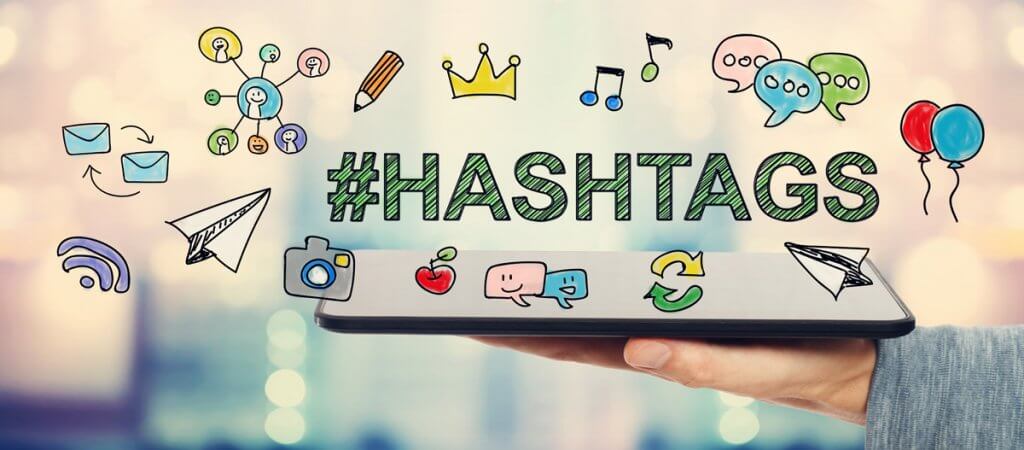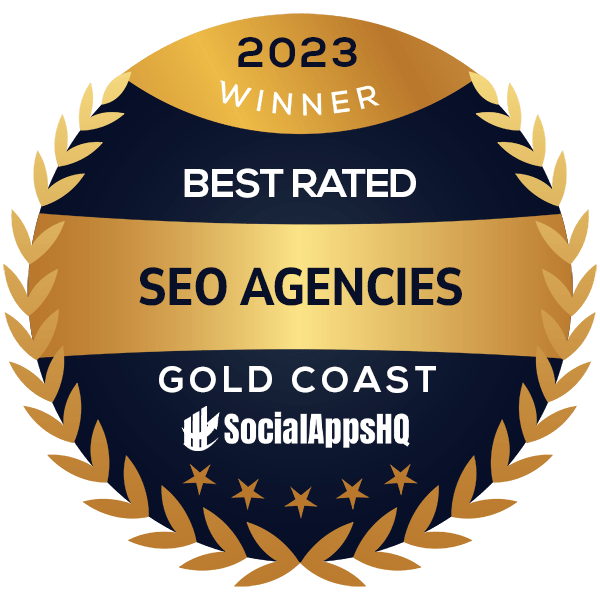
Social media is one of the fastest growing networks over the past 10 years, with new features and trends developing at a very rapid pace. The private sector is the first to adopt innovations, because profitability depends on a business’s ability to stand out from the crowd, communicate persuasively, and offer more than its competitors.
As a result, businesses of different sizes from every corner of the world are constantly looking for new marketing techniques that are easy and cheap to not only implement, but deliver above-average results. The last decade has been marked by the rising need to improve social media presence ; from simply having an account on Facebook in its early years, to building engagement with consumers via social platforms and acquiring two-way, symmetrical communication with audiences. The latest trends in social media presence revolve around user-generated content, an excellent marketing strategy that includes a variety of tools under its umbrella, such as hashtags.
If you are still asking yourself what a hashtag is and how it can benefit your online marketing strategy, stay with us and discover a tool that is easy to use and produces great results at the same time.
What is a hashtag?
A hashtag is “a type of metadata tag used on social networks such as Twitter and other microblogging services, allowing users to apply dynamic, user-generated tagging which makes it possible for others to easily find messages with a specific theme or content.”
For instance, you post a photo of a sunset and include the hashtag “#beautifulsunset” in your post – this means that users looking up the “#beautifulsunset” hashtag will also find your photo and your activity on social networks will become more visible.
Everyone can create a hashtag, but not all hashtags reach the same level of popularity.
The most successful hashtags are part of campaigns encouraging audiences to create original content that is related to company products and services; users are suggested to share their content on social networks accompanied by that given hashtag. It is the example of Ryu’s campaign #WhatsInYourBag which used the new Instagram Stories feature to increase follower count to more than 20,000. People shared photos of their bags’ content that were in relation to the brand and this immediately increased company awareness and defined Ryu’s identity as being fun.
Successful hashtag campaigns:
If you don’t believe in the super-power of hashtags and their ability to improve social media presence, here are two campaigns that will make you change your mind.
Let’s start with the most recent, the #10YearChallenge. Companies such as McDonalds, Durex, and Acer got involved in this, and the hashtag’s appeal comes both from the idea of evolution and from the humanization of corporations – they were also younger, less experienced, and maybe had an ill-fitting haircut, just like you and your friends from social networks, but their essence was the same.
If you are not aware of this campaign, it consists of the request to post photos of yourself from today and from a decade ago. Everyone stepped in, from the average social network user to celebrities and large companies. If you are a business owner, you can use this hashtag to post photos that highlight your evolution in terms of products, staff, headquarters, etc. – anything that has changed for the better in the last 10 years.
Another example is the #ShareACoke campaign – when Coke started selling the Coke bottles with names on the bottles/cans.
This encouraged everyone to buy a coke with their name on it and post it to social media with the hashtag. This was a major success for the brand; their sales boosted significantly and Coca Cola was able to build engagement with their consumers worldwide. The company has been so successful that it has returned for its fifth consecutive summer in 2018, with the vice-president declaring “The campaign’s annual return is a social marker on the calendar, as we welcome new adventures, new friendships and new memories. This year, we’re focusing on the role Coca-Cola plays in the special summer moments we share with others. We wanted to tap into the meaning behind shared experiences more so than just names.” Company executives also stated that the program was not about the size and power of Coca Cola, but “the intimacy and proximity of Coke, and the meaning behind every time you share a Coke.”
Key take-away points about hashtagging
- Increases visibility and recognition
- Drives traffic to a business
- Creates awareness
- Encourages audience participation (gets consumers involved and encourages them to post user-generated content – in other words, consumers do promotional work for you for free if they feel that the association with your brand talks about who they are)
- Boosts followers
- Promotes events
- Promotes the launch of a product
As a result, it can significantly boost sales if done so successfully. The secret is to find a hashtag that encourages consumer participation, and inspires them to create content that talks about their identity in relation with your brand.
It helps with organic reach:
Hashtags increases the visibility of a business/page as well as boosting the ‘organic reach’. This is because hashtags are both searchable and clickable on the majority of social media platforms. It’s like searching for something on Google – you add “#” in front of the search term and use the searching feature of social networks instead.
It builds engagement:
The main reason why brands use hashtags is to BUILD ENGAGEMENT which ultimately increases their visibility. Businesses have learned over the years that audiences no longer like being talked AT, but also want to talk TO their favourite brands. Persuasive communication between companies and consumers should be a dialogue, where the latter can express anything, from concerns, to the contentment that comes from using a product they like. Hashtags allow consumers to do just that – to talk back TO brands, and this is more easily done when companies make an invitation to dialogue by launching a new hashtag campaign.
Hashtags have a high return on investment and are easy to implement:
Hashtags can be a significant way to drive a campaign without investing a large amount of money, as it’s all done through social media. If your first attempts to launch a popular hashtag fail, all you lose is some of your time and energy, but the financial loss will be close to zero. On the other hand, if you have a brilliant idea that captivates the public, you will reach higher popularity levels with virtually no investment. Depending on the size of your company, costs associated with hashtag campaigns may rise, but the beginning of such a campaign, until you begin to gain traction, is very effective in terms of costs.
Even if your hashtag doesn’t become famous, you will still enjoy benefits such as increasing visibility and improving organic reach by using simple hashtags describing your products or brand identity, such as #tastycoffee and #cozycoffeeshop if you own a coffee place, for instance.
The only difficulty from creating a successful hashtag campaign comes from the need to make use of your creativity. Improving social media presence through hashtags could be one of your side strategies that you give a thought every time you have a free moment or an insight of your business’s communication. Put down your ideas, and eventually develop a small campaign around the hashtag you came up with. Who knows, maybe your hashtag will make it around the world one day!
Sharing is caring!




